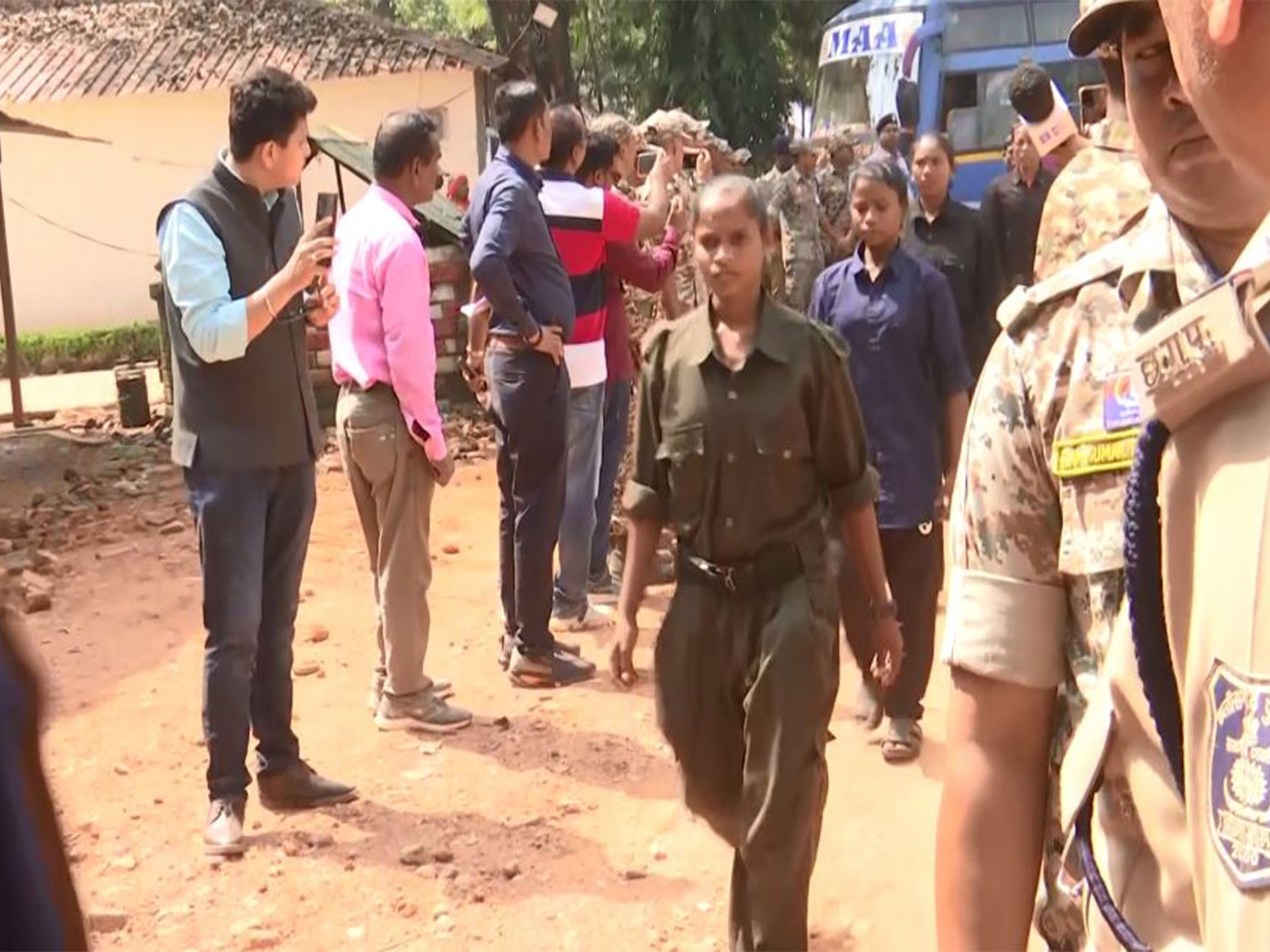Out of the woods: has Modi finally changed tack on tiger conservation?

If the country believed Narendra Modi was obsessed with the lions of his home state Gujarat and had no time or concern for other forms of wildlife, including the tiger, it has been proved wrong.
Marking the end of a perceived bad phase in conservation effort since he came to power in 2014, the prime minister recently addressed the 3rd Asia Ministerial Conference of the Global Tiger Forum, an inter-governmental tiger conservation body, in Delhi.
Modi, whose regime is often blamed for pushing economic growth at the cost of environmental protection, spoke for about 20 minutes to a rapt audience of representatives from "tiger range" countries, and Indian and foreign experts.
He acknowledged the tiger as the symbol of conservation in this country. "In India, tiger is much more than a wild animal. In Indian mythology, Mother Nature is depicted as sitting on a tiger. Sometimes, animals are put on the same pedestal as that of gods and goddesses," Modi said.
"Conservation of tigers is not a choice but an imperative for the country," he added.
The audience - which included Prakash Javadekar, the Union minister for environment and forests; Yeshey Dorji, chairman of GTF; Robert Zoellick, chairman of Global Tiger Initiative Council - appeared both happy and impressed.
The conference was held in furtherance to the St. Petersburg Declaration on Tiger Conservation in November 2010 and to endorse the national and global priorities accorded by the tiger range nations to the Global Tiger Recovery Programme.
Until now, if conservationists in general and tiger lovers in particular were worried about Modi's "indifference" towards wildlife conservation, there were reasons for it. As chief minister of Gujarat, he had refused to look at conservation in its national and global perspective and declined to part with some lions for establishing other habitats in Madhya Pradesh and Rajasthan.
Two sanctuaries in Rajasthan and Kuno Palpur in Madhya Pradesh had been identified to be repopulated with lions from Gujarat. In the case of Kuno, 24 villages had been shifted out for the purpose, but Gujarat's refusal led to the cancellation of the whole project.
"What is the complaint about? Tigers are doing well in India. Tiger issues are mostly with other countries," said VP Singh Badnore, BJP MP and chairman of the task force for rehabilitation of tigers in Rajasthan, defending the prime minister. "Whenever I met him in the past in connection with conservation issues, Modiji, as chief minister of Gujarat, was very supportive."
Still, conservationists have reasons to be apprehensive about Modi. For one, he is yet to attend a mandatory meeting of the National Board for Wildlife, of which the prime minister is the chairperson. The board held at least three meetings in 2015 and another this February, but all were of the Standing Committee, presided over by Javadekar, the board's vice chairman. This, insiders have pointed out, is in stark contrast with the patronage the body enjoyed from Manmohan Singh.
In fact, the reconstitution of the NBWL itself by the Modi government has created a controversy, with an NGO petitioning the Supreme Court against the appointment of some Gujarat cadre officers.
"The proof of the pudding is in the eating," Jairam Ramesh, the former environment minister said when asked about the Modi government's track record on conservation. "The present government has weakened all the conservation laws. The industries are getting faster clearances and tiger corridors are being destroyed in the name of development. To cite one instance, the proposed highway between Kanha Tiger Reserve and Pench National Park will prove a disaster for the tiger corridor there."
However, when it comes to allocation of funds for tiger reserves, the Modi regime fares well. It has also received accolades for adding to the country's tiger reserves, which now number 49. "While the UPA government was more supportive of the cause of tiger conservation, it cannot be denied that this government is liberal with funds. From Rs 185 crore a year earlier, the allocation for tiger reserves has increased to Rs 385 crore," said Rajesh Gopal, Secretary General of the GTF who was formerly with the National Tiger Conservation Authority. In fact, the enhancement in allocations was highlighted by Modi in his address to the GTF conference.
But there is a catch. "There is a clause in the enhanced allocations that the state government needs to put in 40 per cent of the amount. The Centre will contribute only 60 per cent. Earlier, the whole amount for the tiger reserves was straightaway given to the NTCA," Rajpal Singh Tanwar, a member of the NTCA, pointed out.
"We have made a representation to the finance minister to bring down the states' mandatory share to 20 per cent as is the case with Northeast states," Tanwar, who is also on the Rajasthan Board for Wildlife, added.
All things considered, and notwithstanding doubts over Modi's commitment to conservation, tigers are thriving in India's forests. As per the latest figures released at the GTF conference, India is home to 2,226 of the world's 3,890 tigers.
Edited by Mehraj D. Lone
First published: 18 April 2016, 12:38 IST





![BJP's Kapil Mishra recreates Shankar Mahadevan’s ‘Breathless’ song to highlight Delhi pollution [WATCH] BJP's Kapil Mishra recreates Shankar Mahadevan’s ‘Breathless’ song to highlight Delhi pollution [WATCH]](https://images.catchnews.com/upload/2022/11/03/kapil-mishra_240884_300x172.png)

![Anupam Kher shares pictures of his toned body on 67th birthday [MUST SEE] Anupam Kher shares pictures of his toned body on 67th birthday [MUST SEE]](https://images.catchnews.com/upload/2022/03/07/Anupam_kher_231145_300x172.jpg)






